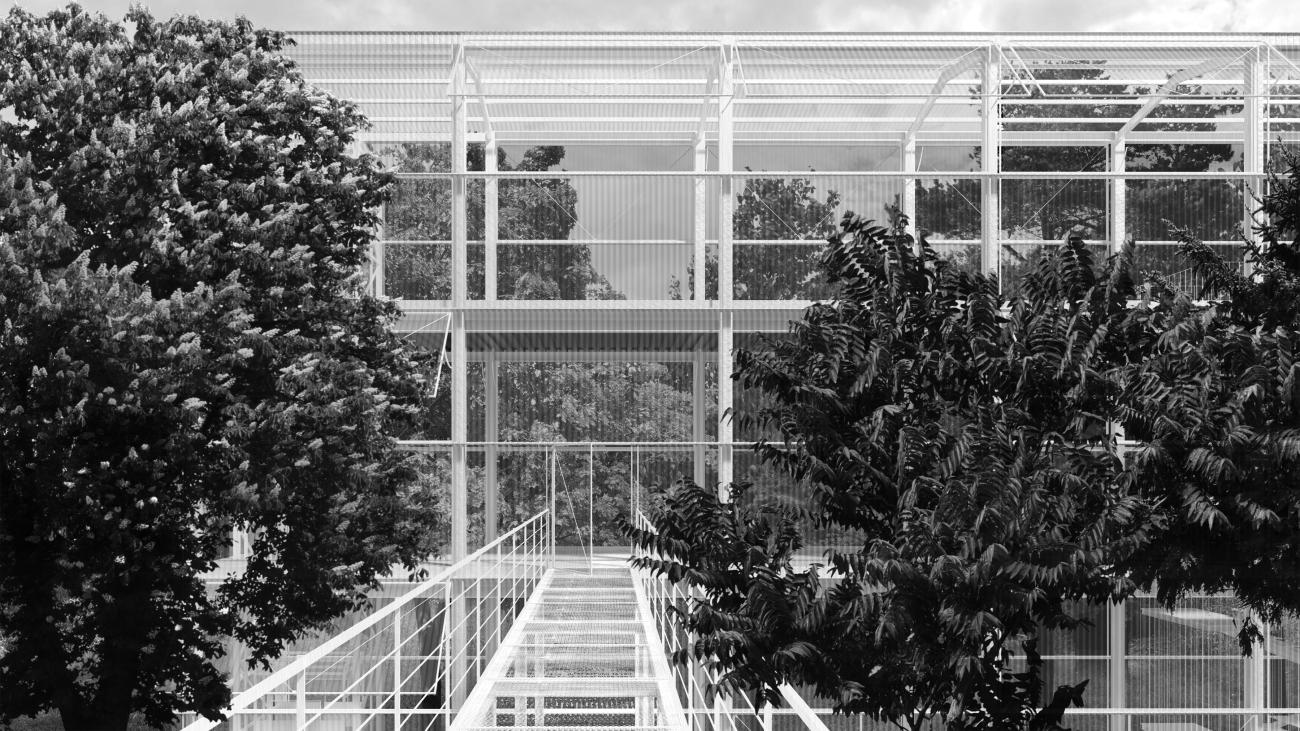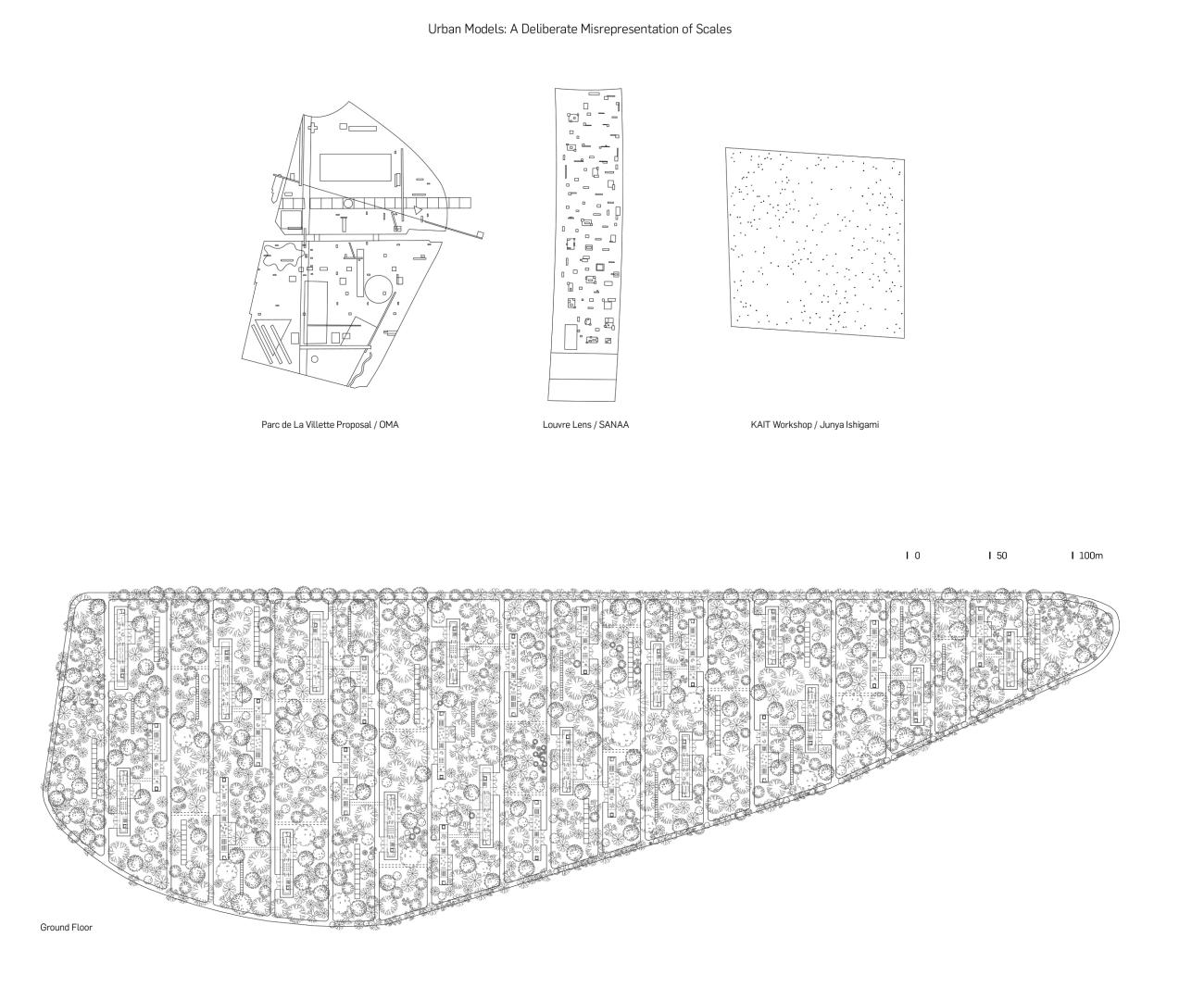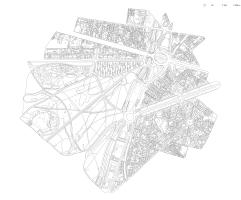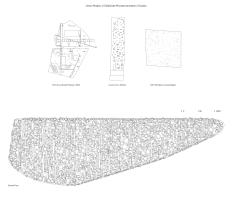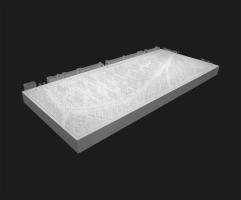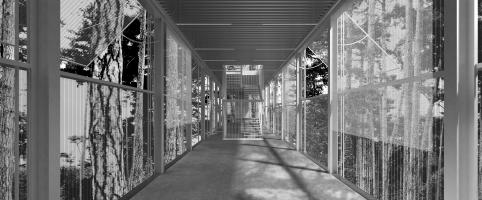Yingying Guan
2017
“From one point of view, the typical zoo means a virtual chaos, whereby human beings are enabled temporarily to forget the routine of city life; while, from another point of view, it means a real cosmos, possessed of its own consciousness, its own quarrels and even its own social register — which, as we shall soon see, is indirectly our own social register.”
–– E. E. Cummings, “The Secret of the Zoo Exposed”
This thesis investigates the urban and architectural implications of the zoo.
As shrewdly observed by E. E. Cummings, the zoo is a peculiar institution that simultaneously functions as a garden of escape and a miniature city. This reading of the zoo’s duality points to a new urban model that works with nature in a seamless manner.
In doing so, the project challenges the discipline of architectural composition through its critique of a long-lasting figure-ground approach in urban design and explores the potential of a homogeneous field in light of contemporary architectural practices. Located within the existing forest of Bois de Boulogne in Paris, the project itself is a garden that confronts and absorbs the city. It spans across various scales: the loose, flexible urban system is further defined through a series of specific architectural interventions.
By proposing to substitute all captive animals with sound and digital projection, the thesis ends with an open question for the zoo itself: in the era of another mass extinction, how could an institution situated between the man-made world and nature retain its relevance? The deliberate absence captured by the imagery aims to draw attention to this fragile relationship through a direct juxtaposition of temporary structures and permanent landscape.


